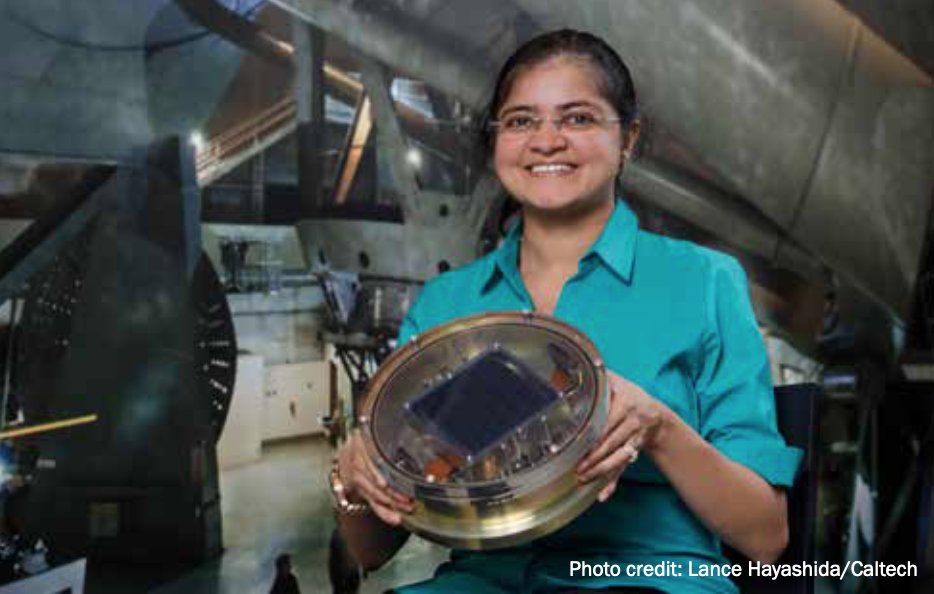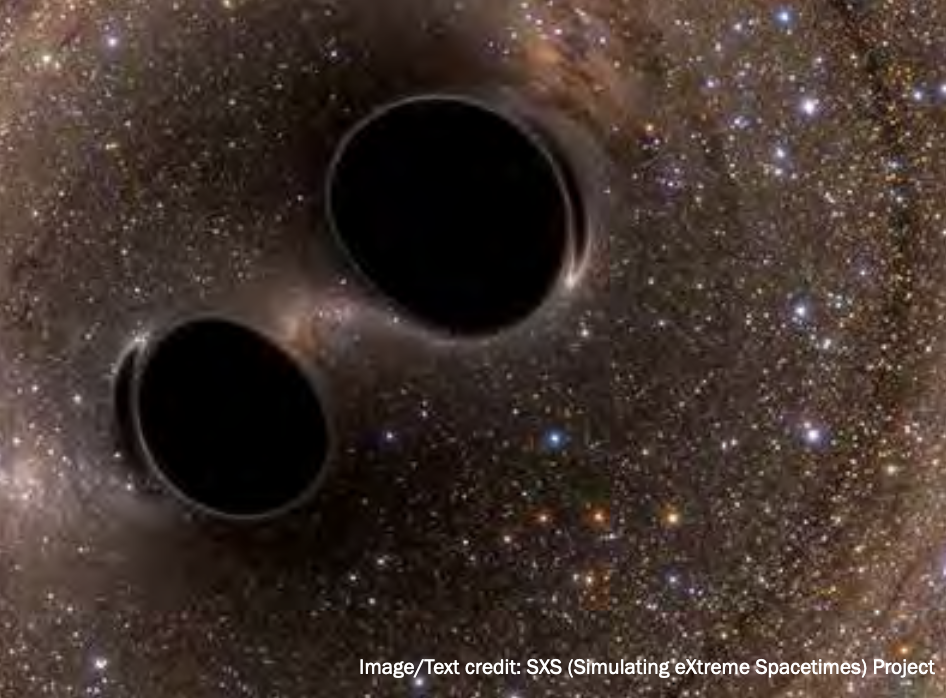Mansi Kasliwal ’05: Astronomical ambitions of an AEP alumna
This article originally appeared in the fall 2016 newsletter of the School of Applied and Engineering Physics.
Raised on a farm in Indore, India, Dr. Mansi Kasliwal ’05 grew up dreaming of one day becoming a scientist. Even at a very young age she conjointly demonstrated a strong interest in science and an aspiration for discovery. Recognizing this inquisitive passion, Kasliwal’s parents encouraged her to study abroad, and at the age of 15 she headed off to the United States.

Kasliwal first came to Cornell to participate in the six-week Exploration in Engineering Seminar for high school students. Prior to attending this workshop, she explains, “I knew I wanted to be a scientist, but I didn’t know what that meant.” The seminar exposed her to several engineering fields where she gained hands-on experience in weekly labs and worked on design projects aimed to introduce concepts of the engineering design process. Following that summer experience, Kasliwal had her heart set on Cornell.
As an undergraduate at Cornell University, Kasliwal affiliated with Applied Engineering and Physics (AEP) and consequently developed an affection for astronomy. She joined the Infra-Red Astronomy Group, working under professors Richard Lovelace, Terry Herter, and the late Jim Houck. “Studying under these professors opened a corridor into the universe for me for the first time—that’s when I knew I wanted to be an astronomer, as crazy as that was,” said Kasliwal. “AEP gave me the confidence that this wild dream was possible. They showed me what it meant to be an astronomer.”
Today, Kasliwal is assistant professor of astronomy at Caltech, where she also completed her doctoral work. She has been a part of the team at the Laser Interferometer Gravitational-Wave Observatory (LIGO), a large-scale physics experiment founded in the 1980s as a means to detect gravitational waves—a goal which was achieved this past September, when LIGO detectors in Livingston, La., and Hanford, Wash., observed a ripple in the fabric of spacetime, generated from a cataclysmic event in the distant universe: the collision of two black holes. A truly momentous occasion in astronomy, the discovery at LIGO this past fall confirms a major prediction of Albert Einstein’s 1915 general theory of relativity, opening up an unprecedented new window into the cosmos.

In addition to her work with LIGO, Kasliwal is also leading the Caltech effort to look for the electromagnetic counterparts to gravitational waves known as astrophysical transients. Astrophysical transients, she explained, are astronomical objects or phenomena, the most common of which are novae and supernovae. Novae and supernovae are detected through telescopes as flashes of light that appear when stars become a million to a billion times as bright as our sun, then quickly fade away. As a result of these transients, most of the chemical elements that we observe around us are synthesized, she said. Scientists try to capture the light from the flash and disperse it. Once they extract a spectrum, they can identify what sort of elements the transient is made of.
During her Ph.D. work at Caltech, Kasliwal explained that she was part of a team that found a rare class of events that generates about half of the calcium in the universe. This discovery set in motion her current research aimed at discovering the cosmic mines of the heavy elements— specifically, gold and platinum. To date, she said, astronomers have a general understanding as to what is required to make these elements, yet no one has identified the event in action. “Astronomy,” she says, “is the oldest discipline yet it is also the youngest, because there are so many unknowns —we have to look in a new regime to discover new things.”
To future AEP students, Kasliwal encourages them to dream big. “AEP gives a very strong foundation in physics, math and engineering—it’s a basis you can use in many ways. Don’t be afraid to dream crazy dreams.”

